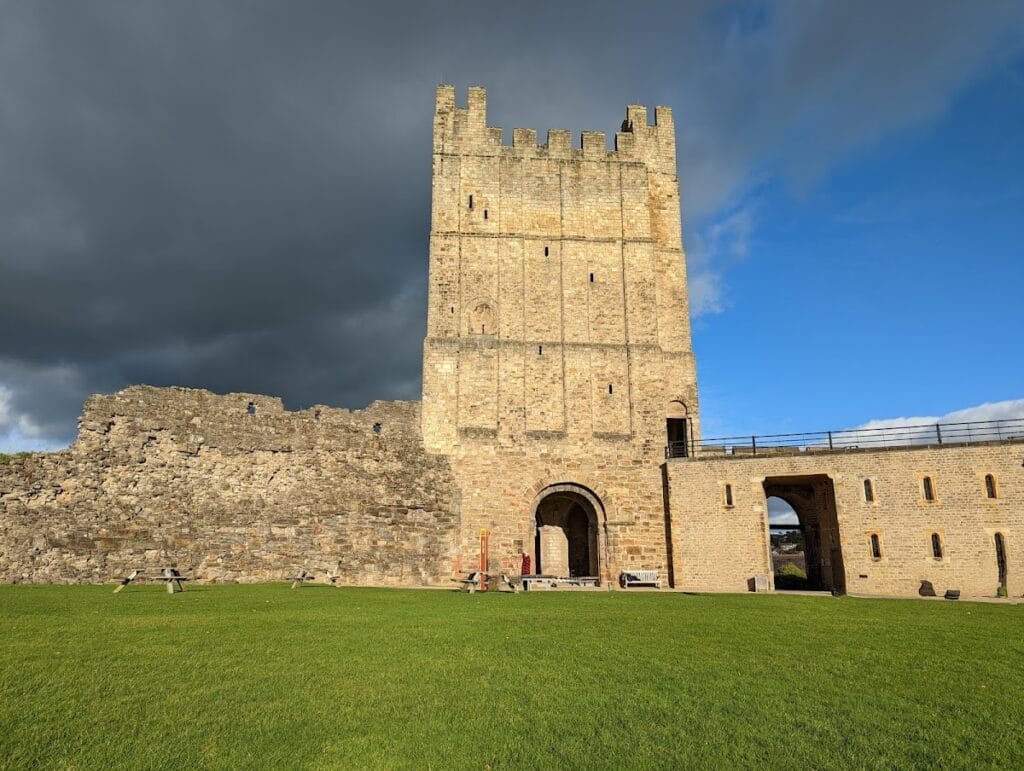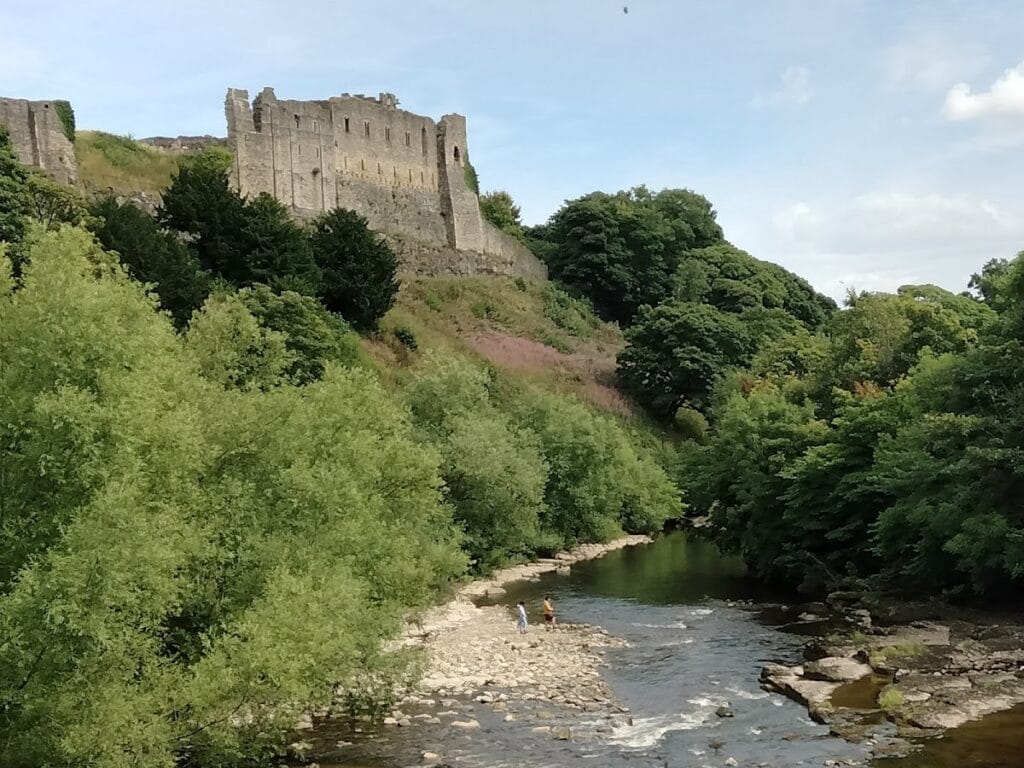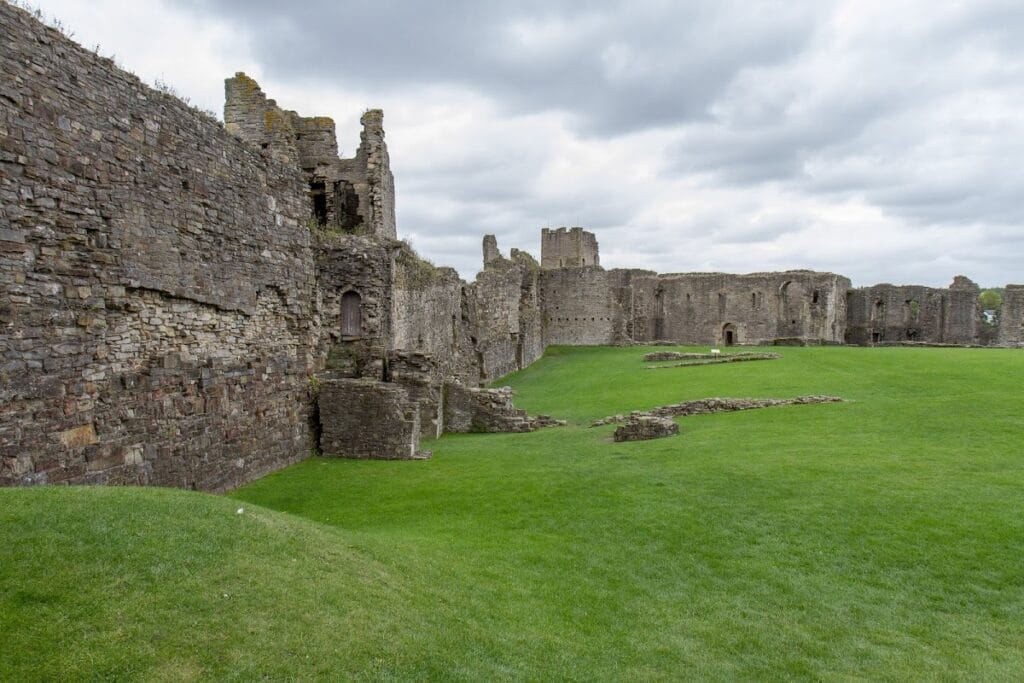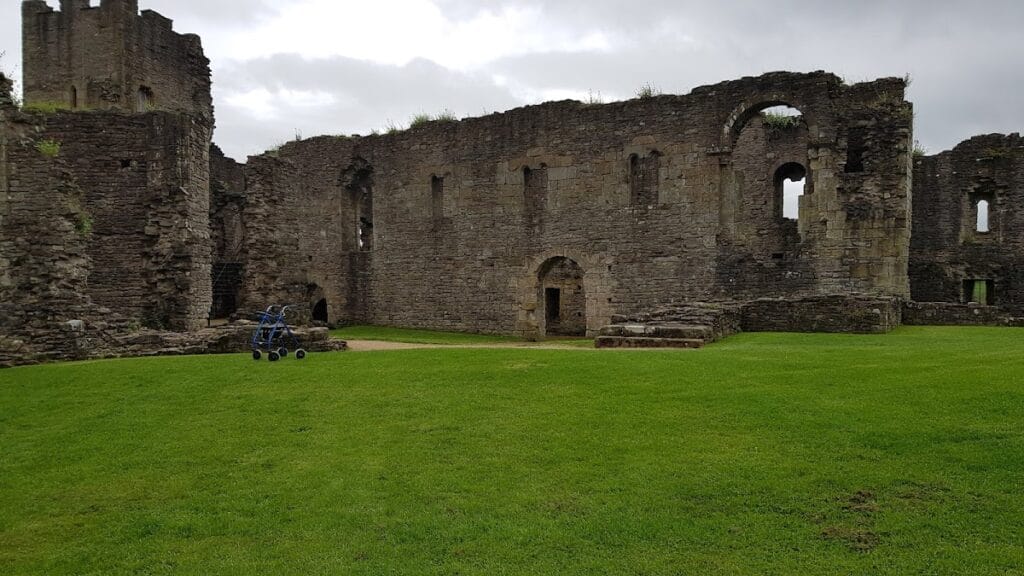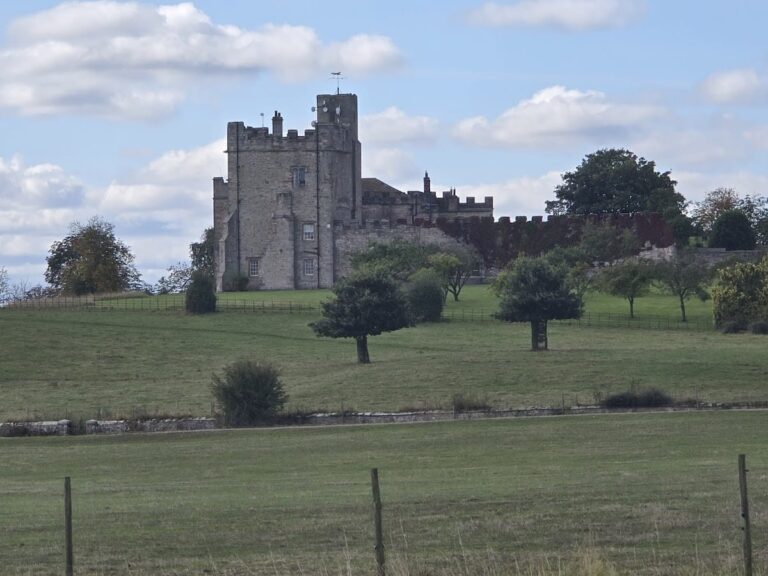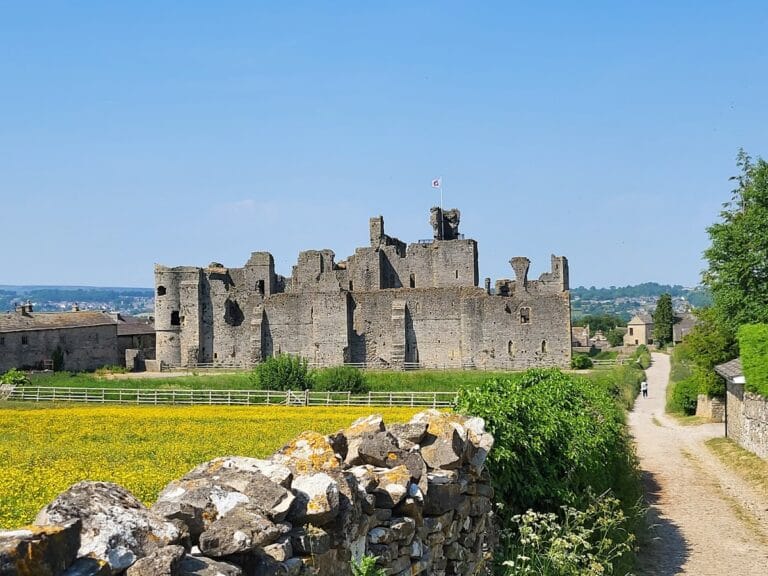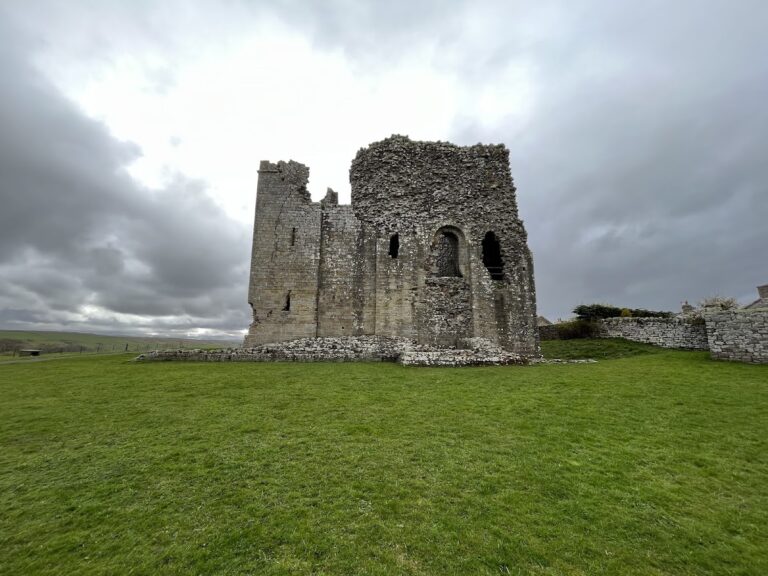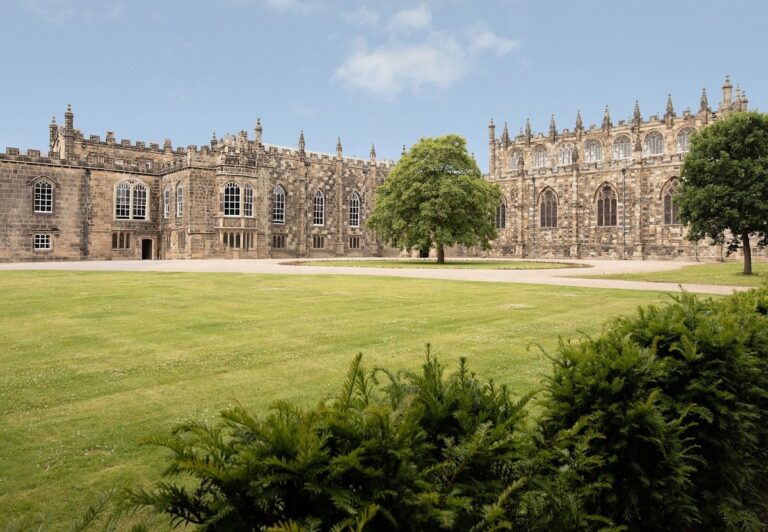Richmond Castle: A Norman Stronghold in North Yorkshire, UK
Visitor Information
Google Rating: 4.6
Popularity: Medium
Google Maps: View on Google Maps
Official Website: www.english-heritage.org.uk
Country: United Kingdom
Civilization: Medieval European
Remains: Military
History
Richmond Castle is situated in Richmond, a market town in the United Kingdom, and was established by the Normans shortly after their conquest of England. The site derives its original name, Riche Mount, meaning “the strong hill,” reflecting its strategic significance.
Construction began in 1071 under the direction of Alan Rufus, a Breton nobleman closely connected to William the Conqueror. The castle was designed as a defensive stronghold to secure Norman control over the surrounding territory in North Yorkshire and to deter local uprisings. Its existence is confirmed by a record in the Domesday Book of 1086, which refers to a fortification known as a “castlery” at Richmond.
In the 12th century, significant expansion took place under Duke Conan IV of Brittany, Alan Rufus’s great-nephew. He commissioned the building of a large keep, approximately 100 feet in height, constructed from light-hued sandstone with remarkably thick walls to withstand attack. Following the seizure of the Earldom of Richmond by King Henry II in 1158, the castle was further reinforced. Henry II is thought to have completed the keep’s construction and bolstered the defenses with additional towers and a barbican, an outer fortified gateway designed to protect the entrance.
Subsequent monarchs also contributed to the castle’s upkeep. King Henry III and later Edward I improved the structure, with Edward focusing on enhancing the keep’s interior spaces. By the end of the 14th century, Richmond Castle’s military role diminished, and it gradually fell into a state of partial decay. By 1538, much of the castle was already in ruins.
The castle experienced renewed attention in the early 19th century, aligning with a period of growing interest in historic monuments. Restoration efforts were carried out on the keep, coinciding with its new function as headquarters for the North Yorkshire Militia starting in 1855. During this time, a military barracks was constructed inside the castle courtyard but was removed in 1931.
Between 1908 and 1910, Robert Baden-Powell, the founder of the Boy Scouts movement, lived at the castle while leading the Northern Territorial Army. The castle’s role in military history continued into the First World War when it was used both as a base and as a prison. Among the detainees were conscientious objectors known as the “Richmond Sixteen,” who were sentenced to death before their punishment was commuted to forced labor.
An important historical discovery at the site concerns the original main gate arch from the 11th century, which was later enveloped by the 12th-century keep’s basement when the entrance was moved for defensive reasons. The castle is now recognized as a scheduled monument and a Grade I listed building, marking its national heritage importance.
Richmond Castle is also linked to local folklore. Legends tell of King Arthur and his knights resting in a cave beneath the castle, and stories speak of ghostly drumming noises attributed to a lost drummer boy within an underground tunnel.
Remains
Richmond Castle’s layout consists of four main sections: a triangular central enclosure, an outer enclosure to the east, a prominent keep at the northern corner of the main enclosure, and a small protective area surrounding the keep itself. This arrangement reflects a typical medieval fortress designed for defense and administrative functions.
The castle’s keep dominates the site, rising around 100 feet tall. Built in the 12th century from honey-coloured sandstone, its walls measure approximately 11 feet thick, offering substantial protection. The keep retains a restored roof and floors, allowing access to its upper levels, where visitors can see extensive views over the town. The basement of the keep notably contains the original arch of the main gate dating back to the 11th century, partially sealed when the keep was constructed in front of the earlier entrance to improve security.
Defensive structures include a barbican situated before the main gate, which functioned as a controlled entry space where visitors and goods could be inspected prior to entering the main enclosure. This outer defensive work highlights the importance placed on securing access to the castle.
Opposite the main enclosure and overlooking the nearby river lies the Cockpit, a separate bailey or courtyard thought to have been used as a garden area. This space was overlooked by a balcony, with historical drawings from 1674 revealing an additional longer balcony facing the riverside section of Scolland’s Hall, the great hall of the castle.
Within the central enclosure, a chapel dedicated to the Holy Trinity was located just beyond the northern walls, serving the spiritual needs of those residing in or defending the castle.
From the 19th century through to the 1970s, the castle’s cell block accumulated around 2,300 graffiti inscriptions made by prisoners detained within. Among these are marks made by the World War I conscientious objectors held here, providing a unique historical record of their presence.
The 19th-century military barracks built inside the courtyard were removed in the early 20th century, restoring more of the original castle layout. Overall, the remains of Richmond Castle represent a blend of well-preserved medieval stonework with layers of historical adaptation and use, surrounded by stories that continue to connect the site to the wider cultural imagination.

